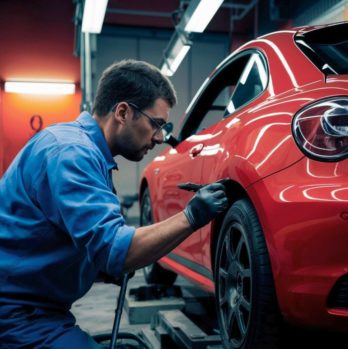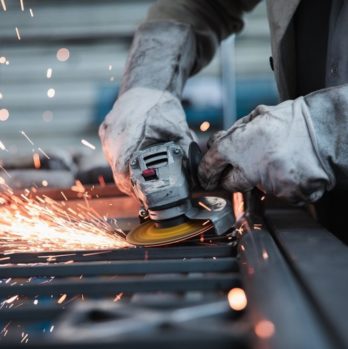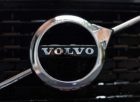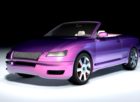VW Beetle: A Timeless Classic in the Automotive World
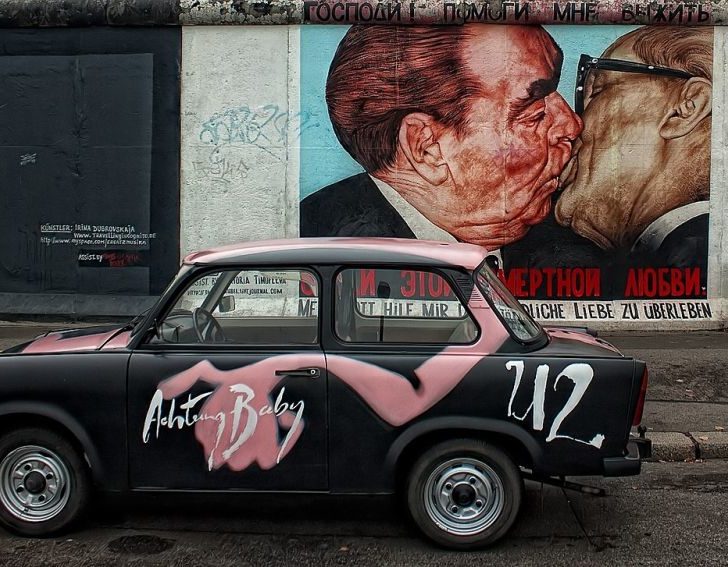
Introduction:
The VW Beetle, also known as the Volkswagen Type 1, is an iconic car that has captivated car enthusiasts and casual observers alike for decades. With its distinct shape and rich history, the VW Beetle has become a symbol of automotive design and engineering. In this article, we will delve into the details of this beloved car, providing important information for those interested in this subject.
Historical Overview:
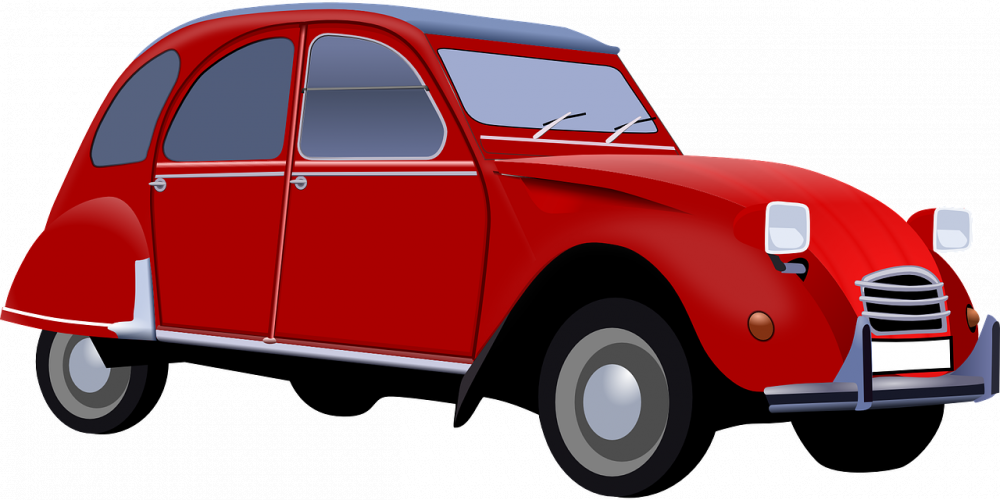
The history of the VW Beetle dates back to the 1930s when Ferdinand Porsche, the renowned automobile engineer, was commissioned by Adolf Hitler to design a car for the German people. The result was the Volkswagen Type 1, which was first introduced to the public in 1938. However, production was halted during World War II due to the demands of the war effort.
After the war, the Volkswagen factory in Wolfsburg, Germany, was saved from destruction by the British Army, and production of the VW Beetle resumed. By the 1950s, the Beetle had gained popularity in Europe and was introduced to the American market in 1949. The simplicity of its design, reliable performance, and affordability made it an instant hit among car buyers.
Over time, the VW Beetle underwent several changes and improvements. In the 1960s, the car’s engine was upgraded, increasing its horsepower and fuel efficiency. The iconic round headlights were replaced with rectangular ones, and various other design tweaks were made to modernize the car. Despite these changes, the essence of the Beetle remained intact, and its popularity continued to soar.
In the 1970s, the production of the VW Beetle expanded worldwide, with factories in Mexico and Brazil producing the iconic car. By this time, the Beetle had become synonymous with the counter-culture movement and was embraced by many as a symbol of freedom and individuality.
As the years went by, the VW Beetle faced competition from newer, more modern cars. However, its loyal fan base remained strong, and efforts were made to keep the car relevant in the changing automotive landscape. In 1998, Volkswagen introduced the New Beetle, which was a modernized version of the original Beetle. The New Beetle retained the classic design elements but incorporated modern technology and features.
In recent years, Volkswagen made the decision to discontinue the production of the Beetle, with the last car rolling off the assembly line in 2019. Despite this, the VW Beetle’s legacy lives on, and it continues to hold a special place in the hearts of car enthusiasts worldwide.
Features and Design:
The VW Beetle is instantly recognizable for its unique design. Its round shape, curved fenders, and large headlights are some of its most distinctive features. The Beetle’s compact size made it practical for city driving, and its rear-engine layout contributed to its nimble handling.
One of the Beetle’s standout features is its air-cooled, rear-mounted engine. This design allowed for improved traction and reduced noise and vibrations in the cabin. Additionally, the Beetle’s suspension system provided a comfortable ride, making it ideal for daily commuting or long road trips.
Inside the cabin, the Beetle offered simplicity and functionality. Its spacious interior, considering its small external dimensions, ensured that passengers could travel comfortably. The Beetle’s reliable and durable construction made it a car that owners could depend on for many years.
The VW Beetle gained further popularity through its appearances in pop culture. It starred in movies like “The Love Bug” and became a symbol of the 1960s counterculture movement. These appearances cemented the Beetle’s status as a cultural icon, propelling it into the hearts of generations to come.
Conclusion:
The VW Beetle will always be remembered as a timeless classic in the automotive world. From its humble beginnings in the 1930s to its discontinuation in 2019, the Beetle captured the hearts of millions with its iconic design and unwavering reliability. Whether cruising down city streets or embarking on a cross-country adventure, the Beetle offered a one-of-a-kind driving experience. Although production has ceased, the VW Beetle’s legacy will continue to inspire car enthusiasts and serve as a reminder of the artistry and innovation that went into its creation.
